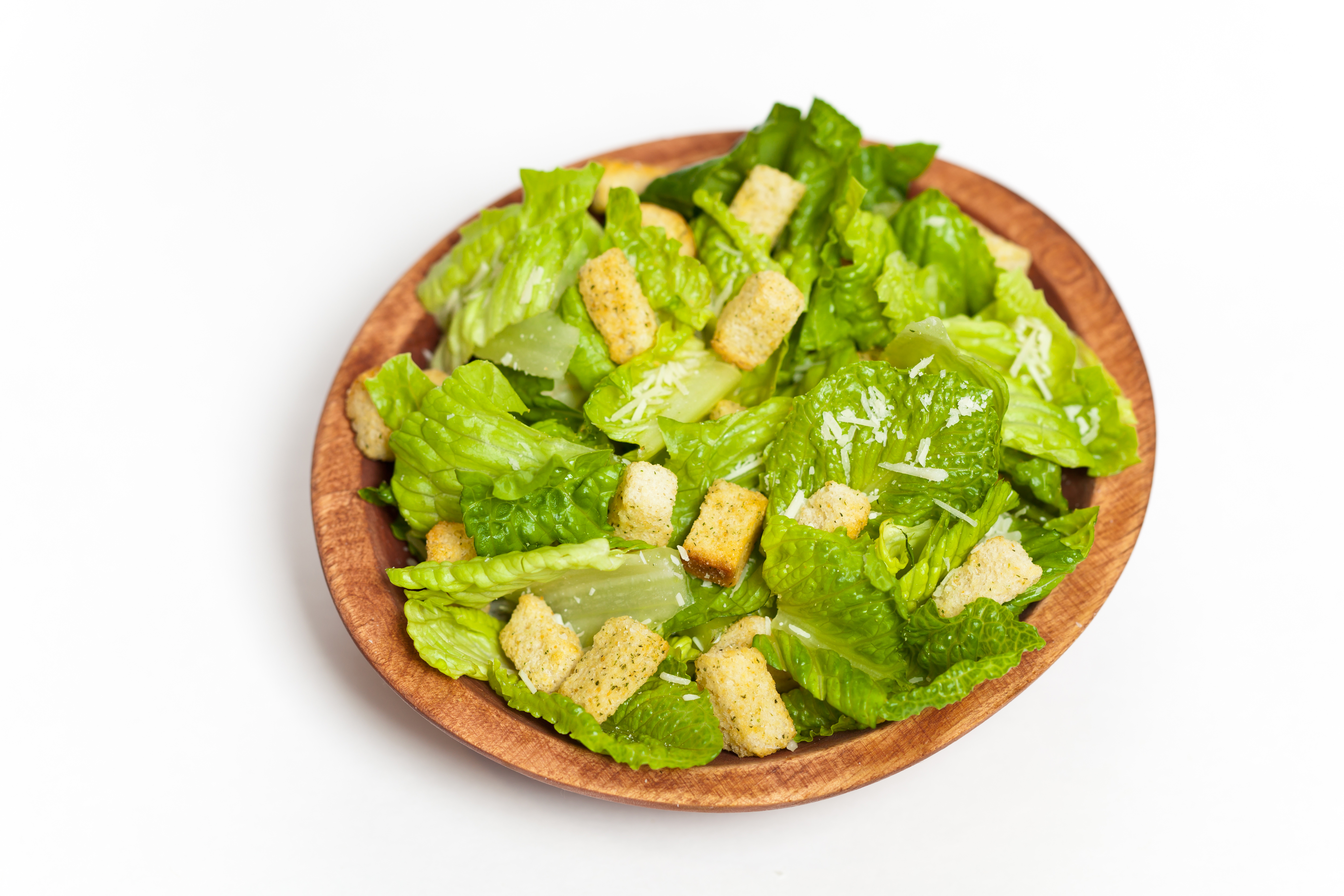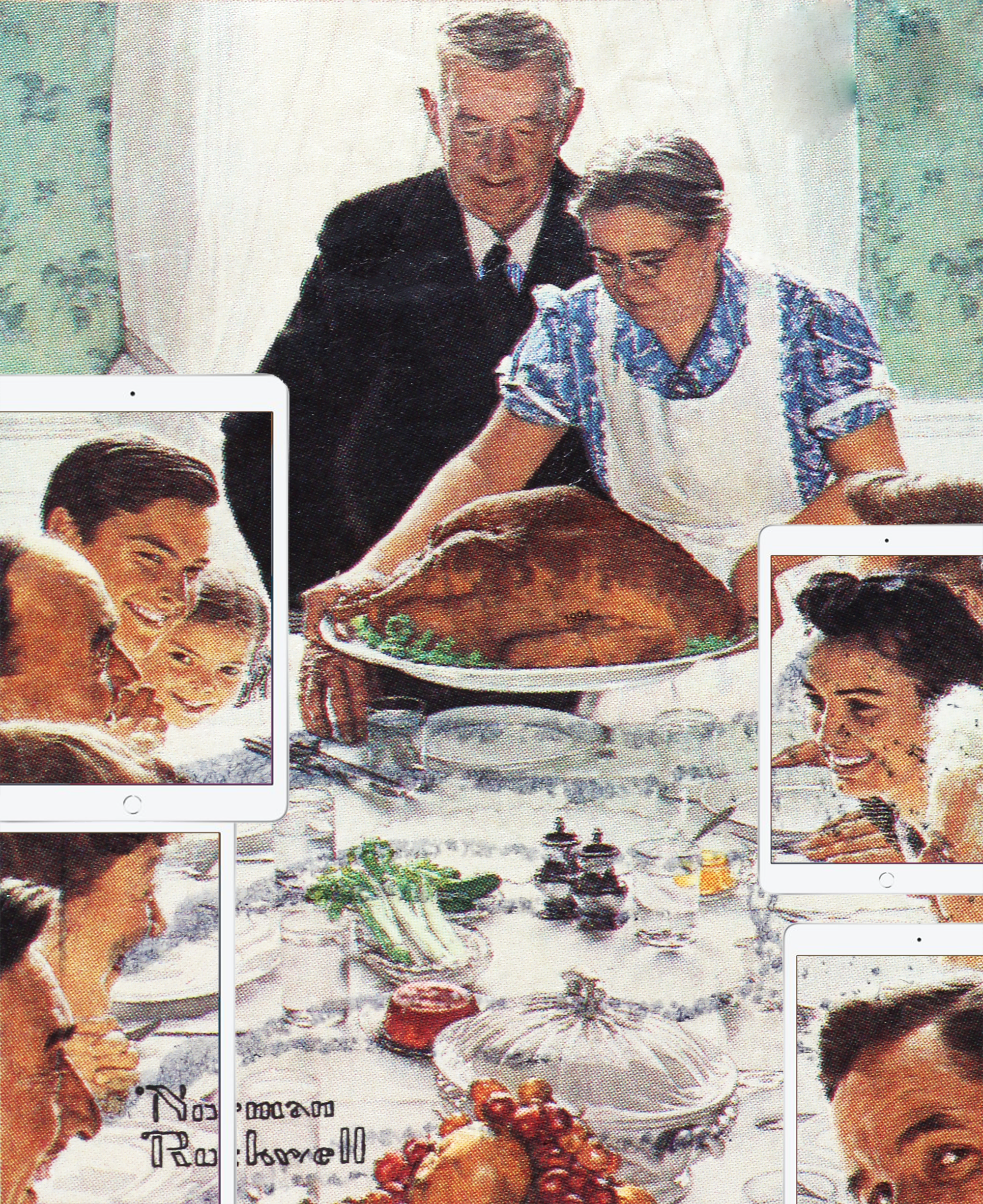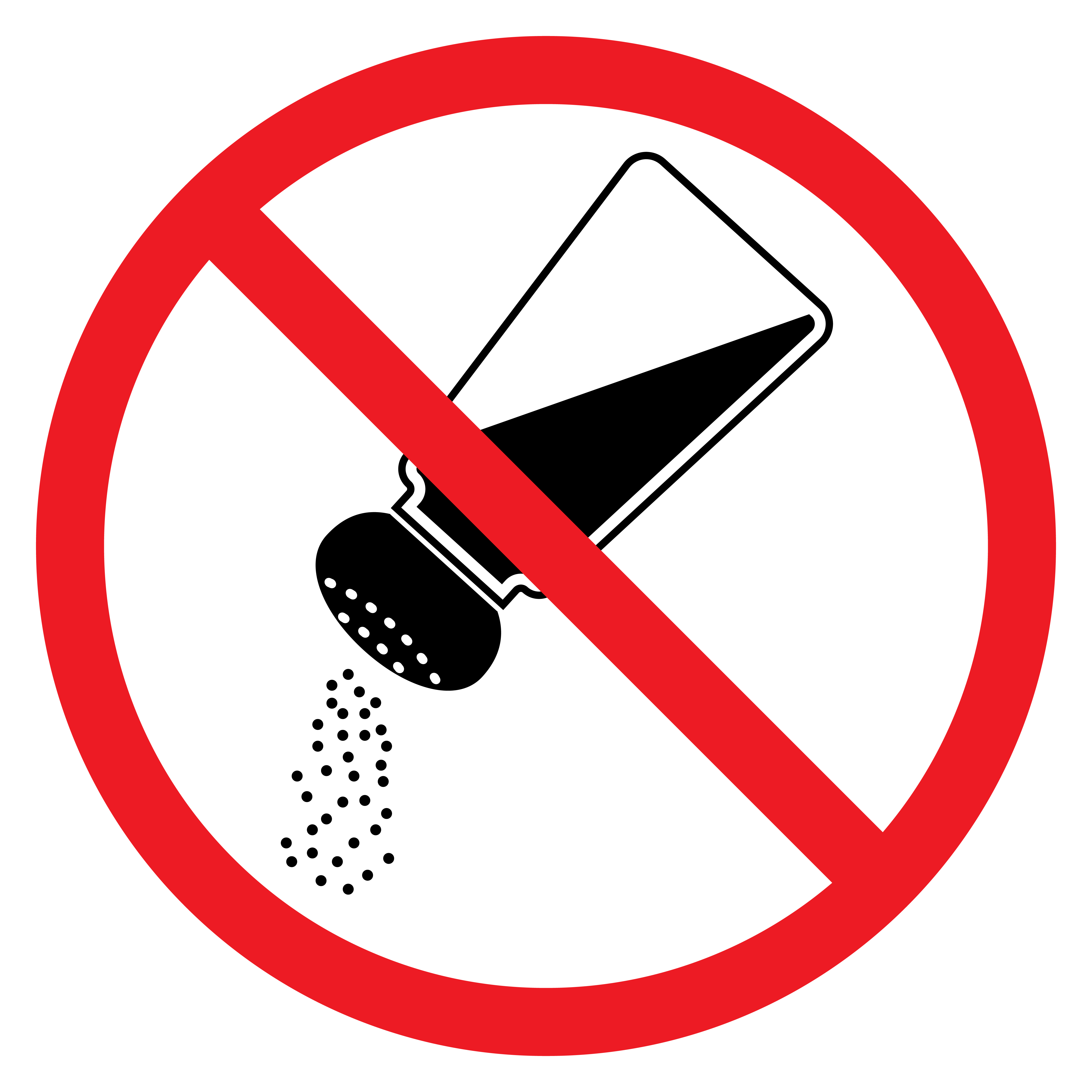So when is it safe to eat salad again?
That’s the question on the lips of every diet-conscious woman in America. Which means almost every woman in America.
Based on a warning issued about ten days ago by the Centers for Disease Control, romaine lettuce is the latest casualty on the healthy-eating food chain. The contaminated leaves apparently come from Yuma, Arizona. Yuma, famous for its Tamale Festival, is also the winter home of romaine lettuce growing. Who knew?
Every orthodox salad eater has to be devastated by the restraining order that has been placed on the purchase of bags of whole heads and hearts, and salads and salad mixes containing romaine. Unless the lettuce comes with a birth certificate verifying that it was not from Yuma, we have been warned not to buy it. If you have romaine at home, and cannot account for its origins, throw it out. To quote one who obviously doesn’t eat a whole lot of salad, “SAD!”
This is not the first time we’ve been cautioned about lettuce. There was a recall last year, and the year before. Remember the lettuce boycott of 1970? Subtracting the leafy greens from my shopping list added five pounds to my scale.
For the ladies who lunch, lettuce warnings are particularly devastating. All the sacrificed meals in the name of health and weight-control, abstaining from real food in favor of “I’ll just have a salad,” makes yet another restriction a particularly cruel blow.
For now, other types of lettuces maintain the good eating seal of approval, and might be a fine substitute for most salad preparations. And there are plenty of other ingredients one can add to make a salad palatable.
But for Caesar salad, my particular favorite, romaine lettuce is obligatory.
Yes, I’ve tried the trendy kale Caesar, but using kale for a Caesar salad is about as authentic as an omelet made with egg whites. To quote Nora Ephron, “You don’t make an omelet by taking out the yolks.” And by the same reasoning, you don’t make a Caesar by taking out the romaine. Just ask Martha Stewart, who, by the way, offers a very good recipe for Caesar salad, in case you’re interested.
While the Caesar may not be high on the list of low calorie possibilities, it is nevertheless one of my guilty pleasures. The ingredients are so simple, really. The lettuce, and make mine crispy romaine, is the only vegetable. Add some croutons (what a great way to recycle stale bread), and sprinkle with some parmesan cheese. I admit if you’re a purist, the dressing might take a bit of time, but even using short cuts, you can still have a pleasing result.
As for the anchovies, I get it if you find the little hairy creatures an appetite suppressant. But to me, a Caesar isn’t a Caesar without them.
While these days it’s rare that a restaurant engages in the theatrics of preparing a Caesar salad table-side, it remains, for the most part, my default appetizer. If my entrée comes with a choice of soup or house salad, and the Caesar demands an up-charge, it’s okay if you don’t want to split the bill down the middle. I’m going to order it anyway.
All of which brings us to the reality of today. Am I really supposed to ask the waiter if their lettuce has been cleared by Ancestry.com? I don’t think so. I suppose the prudent thing to do is simply order something else. And at home, I did sadly dump a brand-new unopened bag of hearts of romaine into the garbage.
So until we get the all-clear from the CDC, Caesar salads are off the table. Literally. But I shall weather the storm. To borrow again from Shakespeare, while my youthful salad days may be over, I’m confident that many more Caesar salad days lie ahead.
P.S. Here’s some Caesar salad lore. The name actually has nothing to do with Julius. The salad was created by an Italian chef named Caesar Cardini, and first served table-side at a restaurant he owned in Tijuana, Mexico, in the 1920s. Living in San Diego at the time, Cardini opened a restaurant in Tijuana to sidestep Prohibition.









Hit it on the head (of lettuce) again! Caesar Salad is also my very favorite kind. In fact, that used to be my husbands “specialty” back when it was made with RAW EGGS…Oh horrors!
Loved the Caesar salad served table side at Chandlers in Manhattan . They also poured your scotch from the bottle at the table. Oh for the good old days!
To quote one who obviously doesn’t eat a whole lot of salad, “SAD!” Love the dig!
Susan, anchovies…..REALLY!
It’s an acquired taste!